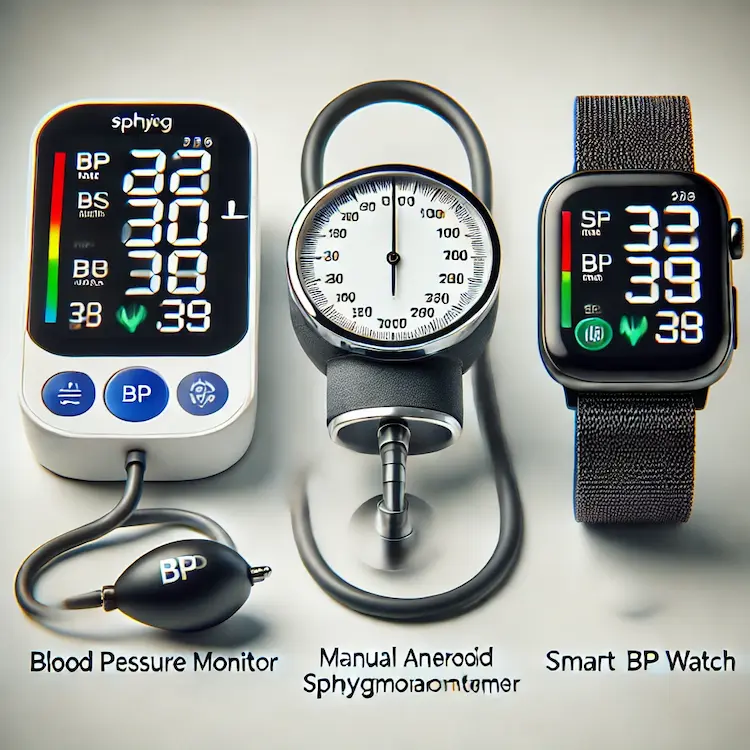Athletes push their bodies to the limit, requiring optimal cardiovascular health to maintain peak performance. Blood pressure monitoring plays a crucial role in helping athletes track their cardiovascular fitness, detect potential health risks, and fine-tune their training regimens. Sphyg, a trusted supplier of clinically proven medical equipment, provides innovative blood pressure monitoring solutions that cater to the unique needs of athletes.
This article explores the importance of blood pressure monitoring for athletes, the tools available, how they compare, and the best practices for incorporating monitoring into training routines.
Blood pressure (BP) is a key indicator of an athlete’s cardiovascular health. Maintaining an optimal BP range helps ensure proper oxygen delivery to muscles and reduces the risk of cardiovascular complications. Athletes, particularly those engaged in endurance or high-intensity sports, must monitor their BP regularly to avoid overtraining risks, dehydration-related fluctuations, and potential hypertensive issues.

There are various BP monitoring tools and techniques. Each has its advantages and limitations based on accuracy, convenience, and suitability for athletes.
| Method | How It Works | Pros | Cons |
|---|---|---|---|
| Oscillometric Monitors (Digital BP Monitors) | Uses automated cuff inflation to measure BP through oscillations. | Easy to use, portable, and provides quick readings. | Less accurate with movement, not ideal for immediate post-exercise use. |
| Aneroid Sphygmomanometers (Manual BP Monitors) | Requires a stethoscope and cuff to measure BP manually. | High accuracy, gold standard for clinical readings. | Requires expertise and a controlled environment. |
| Ambulatory Blood Pressure Monitoring (ABPM) | Worn for 24 hours to track BP fluctuations. | Tracks BP variations over a day, helpful for endurance athletes. | Expensive, slightly uncomfortable. |
| Smart Wearables (BP Watches, Fitness Trackers) | Uses optical sensors to estimate BP from the wrist. | Convenient for tracking trends and recovery. | Less accurate than cuff-based methods. |

Best Choice for Athletes: A combination of digital monitors for convenience and manual monitoring for accuracy. Sphyg’s clinically tested BP monitors provide reliable readings for both at-home and on-the-go tracking.
Athletes should integrate BP monitoring into their daily fitness regimens for long-term cardiovascular health. Here’s how:
These statistics highlight the importance of BP monitoring in optimizing athletic performance and preventing health risks.
Blood pressure monitoring is an essential tool for athletes aiming to maintain cardiovascular health, optimize performance, and prevent health complications. Sphyg’s clinically tested blood pressure monitors provide accurate and reliable tracking solutions tailored to athletes’ needs. By incorporating BP monitoring into their training, athletes can fine-tune their fitness routines, avoid overtraining risks, and ensure long-term heart health.
Regular BP monitoring helps prevent hypertension and hypotension in athletes.
Monitoring BP post-exercise aids in assessing recovery efficiency.
A combination of digital and manual BP monitors provides the best accuracy.
Hydration and electrolyte balance directly impact BP stability.
Tracking BP trends can help optimize training intensity and recovery strategies.
Athletes should measure BP before and after workouts to detect abnormal trends.
Using a combination of digital and manual BP monitors ensures accurate readings.
Hydration and electrolyte balance should be adjusted based on BP fluctuations.
Consult a sports physician if BP remains elevated or fluctuates excessively.